SUMMARY
This is AI generated summarization, which may have errors. For context, always refer to the full article.
![[OPINION] Why is it difficult to teach, learn under new normal? A sociology of flexible learning](https://www.rappler.com/tachyon/2021/07/TL-blended-learning-July-2-2021.jpeg)
More than two years have passed since the first lockdown. There are critical decisions and adjustments that students and teachers had to make to respond to the challenges of the pandemic. In my personal experience, I became part of the committee who developed a primer and a student guidebook for flexible learning for the university where I work as a faculty member. Within a few months, we were tasked to produce such documents that are intended to inform the students and faculty about the new learning modes that we will use in the succeeding semesters. While the concept and ideas about it are easy to grasp, the execution and implementation is much more difficult.
In the succeeding months after that, several memoranda were issued relating to flexible learning. Workshops on how to improve teaching and learning at the time of pandemic were held. Webinars, synchronous and asynchronous sessions, course packs, and Zoom and Google classroom became part of our day-to-day vocabulary as teachers.
Today, schools are now gradually opening but not to completely go back to the way things were done before. Like students who go to school to learn, our entire education system is still testing the waters, finding the most effective ways to teach and learn. And moving towards the new normal carries important, often uncomfortable, lessons. Despite our long and enduring patterns of teaching and learning, why do we find it hard to learn under the new normal?
![[OPINION] Why is it difficult to teach, learn under new normal? A sociology of flexible learning](https://img.youtube.com/vi/XcapT7woixg/sddefault.jpg)
A predictable system in an unpredictable time
Sociologically speaking, education is the social institution whose function is to formally transfer the knowledge of the older generation to the next. This function is fulfilled through our traditional practices of teaching and learning. The most obvious is going to and being physically present in school. Children are trained inside the classroom – a definite space where there is a teacher and a student. And we see teachers as figures of authority in charge of giving us the proper knowledge, skills, and values that are set by and within a framework we know as the curriculum. All these characterize a predictable education system.
This, I think, is where the problem lies. For a long time, we have been designing teaching and learning with an assumption that society will be in a state of equilibrium. We trust that the education system will be able to maintain its operations whatever problems may occur in society. And should there be any reforms, it will not drastically change the way we do things. Take for example the decisions that school administrators need to make when there is a calamity. Although they can postpone classes for a few days or weeks, it does not automatically entail that the other plans for the academic year must be changed. The teachers may adjust the calendar of activities. Students may be given make-up classes. But these situations and measures are expected to happen. In other words, both problems and responses are predicted and calculated.
But the pandemic is a different force, something that no one saw coming. Our education system was never designed to address a crisis such as this. Thus, we are forced to let go of these traditional practices and come to terms with the fact that a face-to-face set-up is just one of the options to learn. In this sense, the pandemic seems to be a push to our culture to change the way it educates the people, especially the younger generation.
Inequality and poverty
During the early days of the pandemic, many schools conducted a survey to know the condition of the students. It turns out that not everybody has regular access to a stable internet. As a result, course packs or modules had to be created and distributed to students who cannot attend online classes. While these learning materials ensure that all students can continue learning, it does not change the fact that there is a systemic problem of poverty and inequality affecting the problem of transitioning to flexible learning.
To be fair, flexible learning is not a panacea to the problems of society, let alone economic issues. But it has revealed a lesson that many of us, especially our leaders and policy-makers, must bear in mind: even the most effective teaching pedagogy can be rendered ineffective if a student is hungry, juggling her time as a working student, and has no access to the internet. It is difficult to be “flexible” if we are constrained by our daily struggles to be free from life’s necessities.
Beyond flexibility
Flexible learning will define the education landscape in the years to come. But it will take more than flexibility to deliver quality education. Two things are critical for education institutions and other systems as well: adaptability and reflexivity. The first one refers to our openness to the uncertainty of our times. Predictability does not guarantee easy learning. While technical knowledge and skills are important to comprehend the world, there is no one formula to address the emerging problems of our time. Thus, we must prepare and expose our students to a world of uncertainties. One way of doing this is strengthening the social sciences and General Education courses not just in terms of instruction but also in research and extension. Aside from this, the government must support and invest in the digitization of schools, especially nowadays where the internet and computers have become necessities.
The other thing is reflexivity. School administrators and policymakers must make conscious decisions that are sensitive to the needs of the students, their families, and the community. These conditions, while largely affected by their studies, are not purely academic. An example of this is mental health. Therefore, we need to craft policies and regulations that are not solely driven by the pressures of accreditation and standardization, important as they may be. Multi-stakeholder consultations are therefore necessary to be done.
Indeed, it is difficult for all of us – students, teachers, administrators, and education institutions – to undergo this transition to flexible learning. I would not expect that we will be able to completely adjust to this new culture of schooling in the next two years or so. Only time will tell. I hope that when we reach that point again where we become comfortable with the way things are with our education system, may we also be prepared as a people to embrace new lessons that may come our way. – Rappler.com
Prince Kennex R. Aldama is a faculty member in the UPLB Department of Social Sciences. He is the President of the Philippine Sociological Society (PSS).
Add a comment
How does this make you feel?
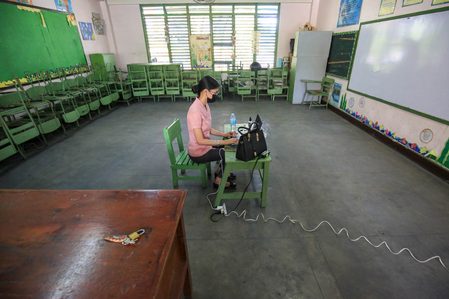
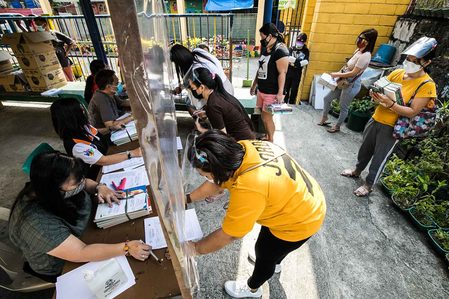
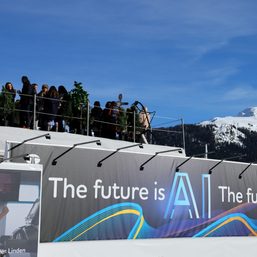
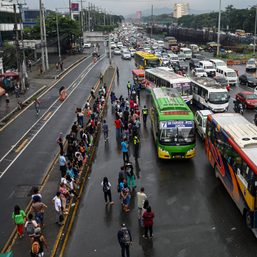
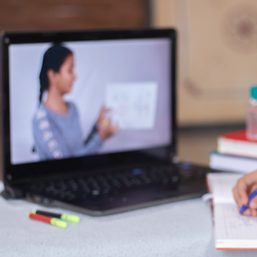
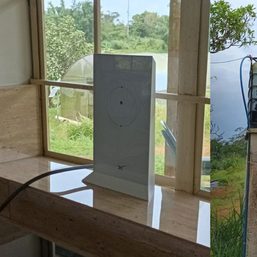
![[New School] Regrets and redemption: Notes of a pandemic-time, graduating college senior](https://www.rappler.com/tachyon/2023/05/regrets-redemptions-notes-may-28-2023.jpg?resize=257%2C257&crop=448px%2C0px%2C1080px%2C1080px)
There are no comments yet. Add your comment to start the conversation.